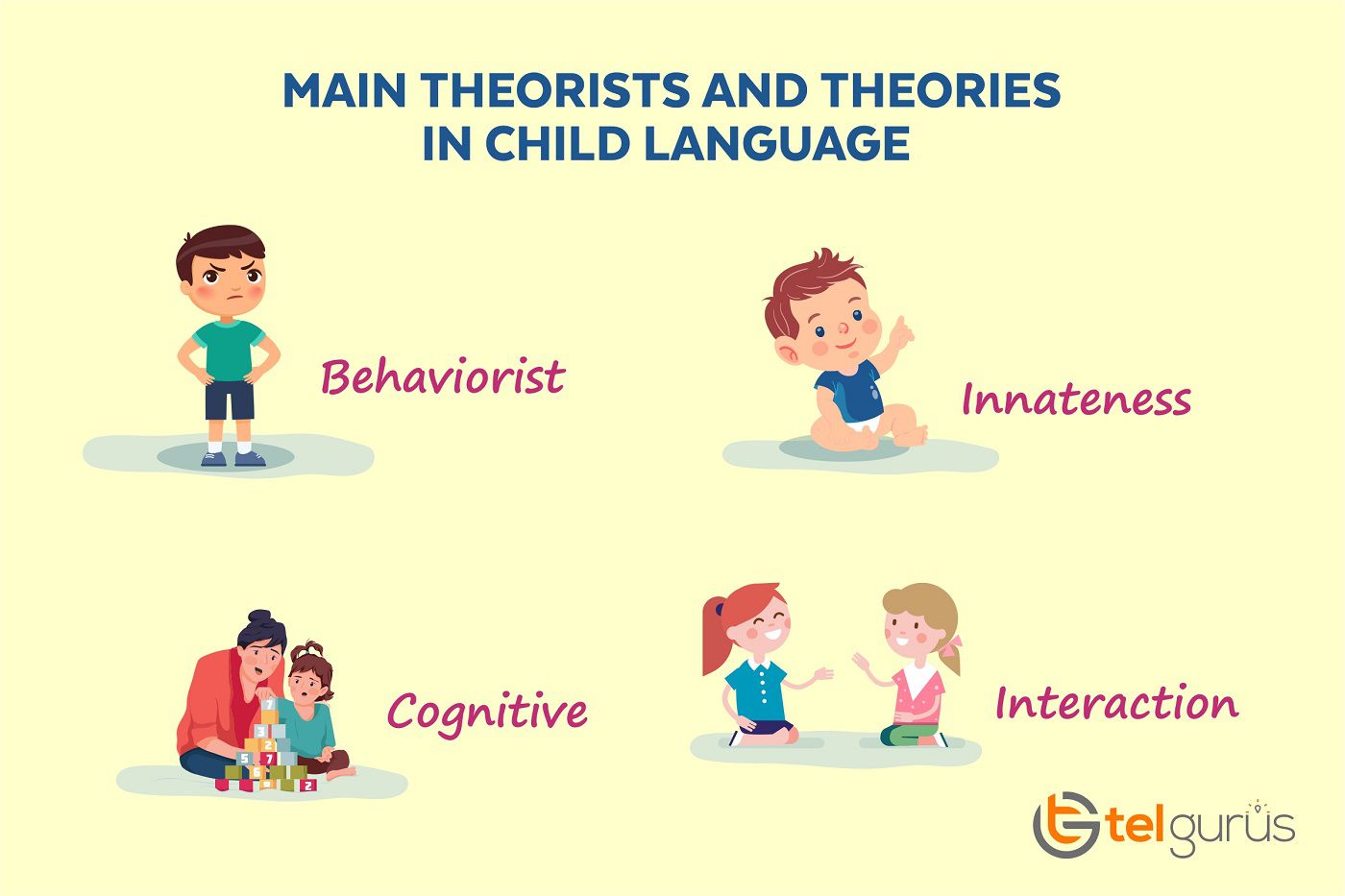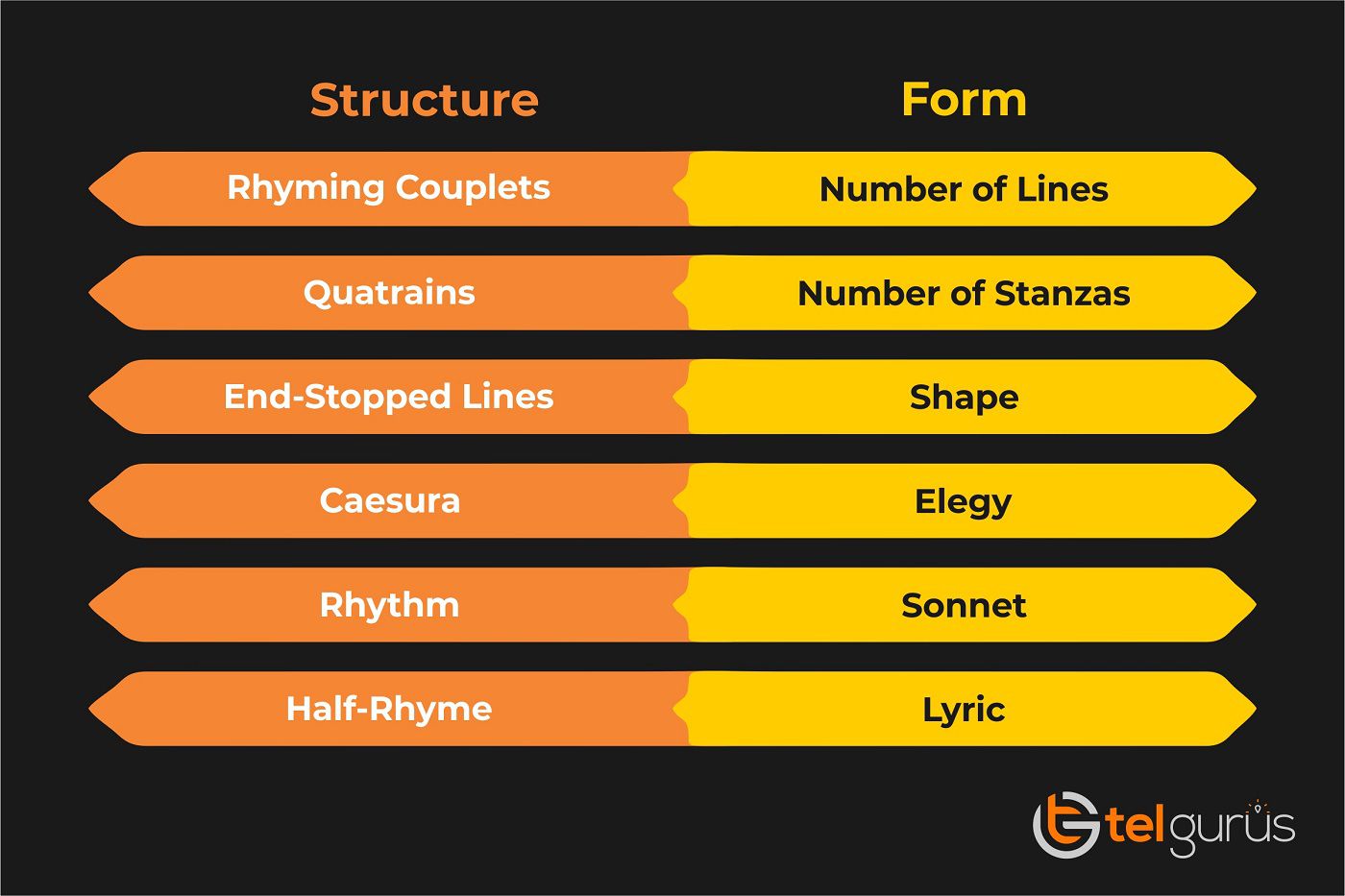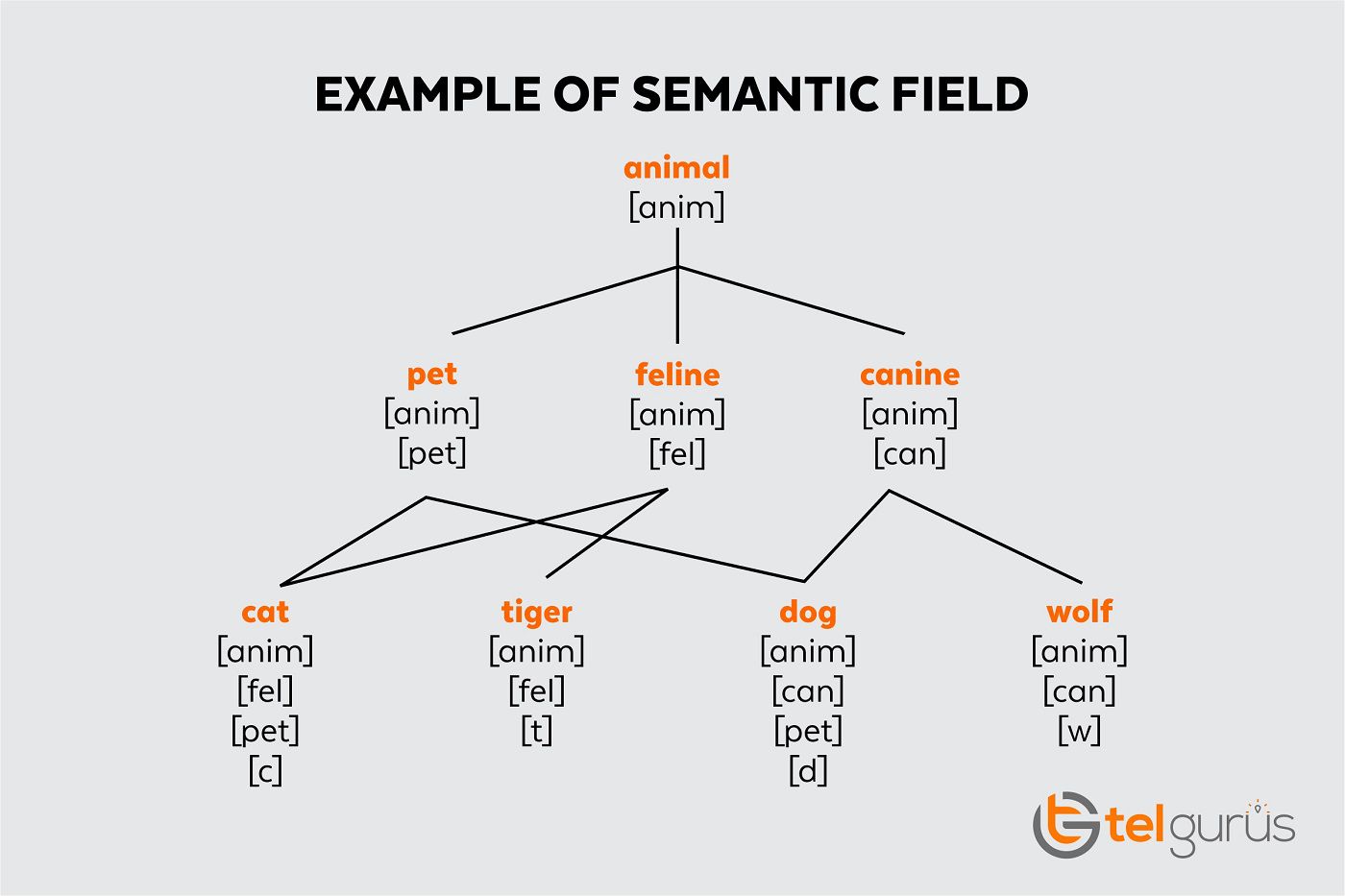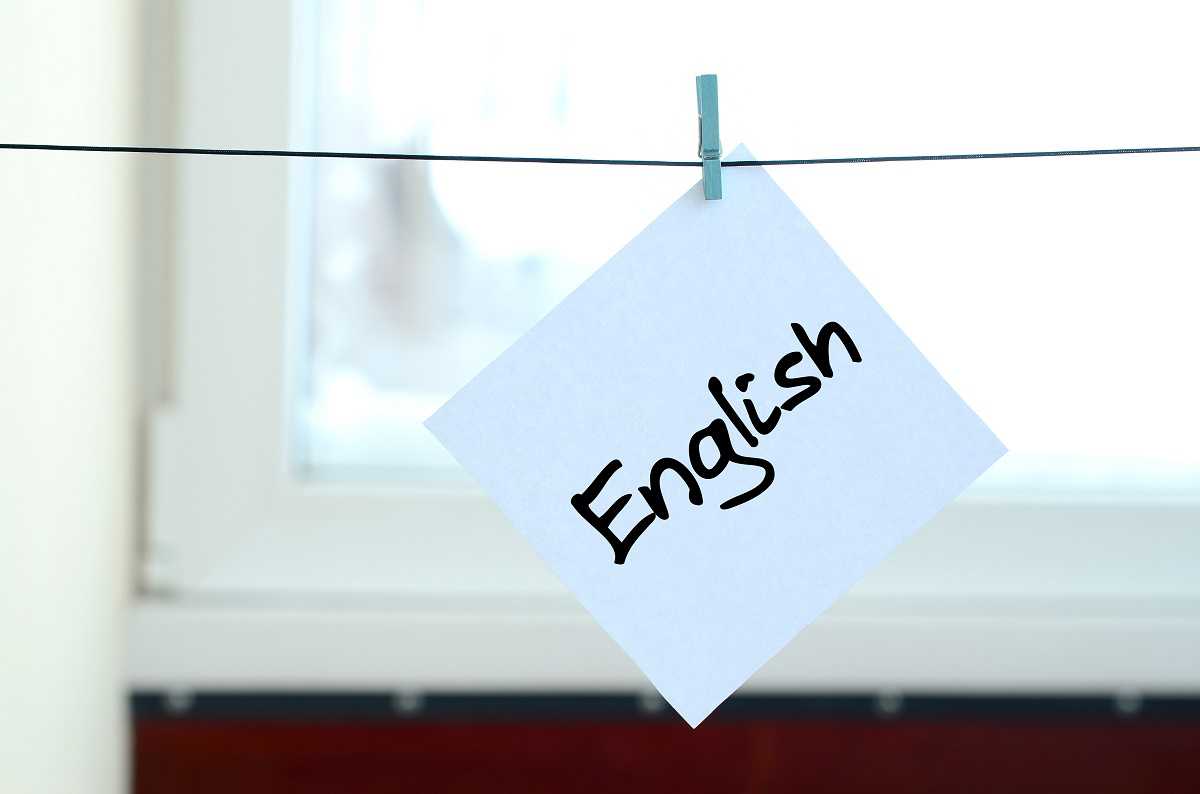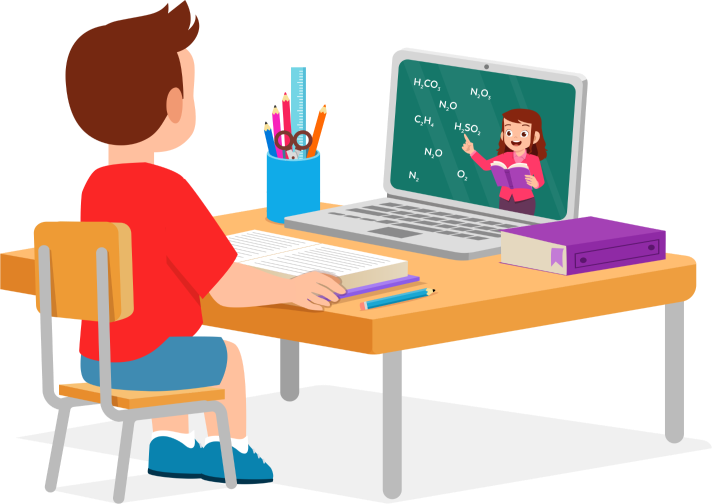There are mainly 4 types of theories in child language acquisition. A) Behaviorist b) Innateness c) Cognitive d) Interaction.
A) Behaviorist-this theory is invented by B.F Skinner. This theory implies that Children emulate adults. The accurate expression of them is strengthened when they acquire what their desire or are applaud.
He suggested that a child emulates the dialects of its parents or career. Fortunate attempts are rewarded because an adult who concedes a word declared by a child will commend the child or offers it what it is asking for. Fortunate remarks are therefore strengthening while unsuccessful ones are obliterated.
B) Innateness-This theory is invented by Noam Chomsky. This theory implies that from birthtime a brain of a child holds exceptional language-teaching utensils. He trusts that children are born with an assumption capacity to adopt any human dialect.
He professes that definite semantic formation which children use so precisely must be already engraved on the child’s intellect. He credited that every child has a vernacular acquisition appliance which implies the utmost essentials of a language and its grammatical constructions into the child’s brain.
C) Cognitive-this theory is invented by Mr. Piaget, which implies that in a child’s all-inclusive cognitive growth language is just an aspect. He set down accession of language within the conditions of a child’s mental intellectual enlargement.
He contends that a child must recognize an idea before he/she can obtain a separate language from which to demonstrate the concept. Seriation is a proper example of this. There will be an extremity in a child’s cognitive development when he/she can contrast the article with regards to the size.
D) Interaction-this theory is invented by Jerome Bruner. It highlights the interlinkage in the middle of children and their custodians. He implies that the language etiquette of the adults when interacting with the children is curiously embraced to reinforce the acquisition procedure.
The reinforce often narrated as scaffolding for the child’s language training. However, its already have been noted that children in all customs in which adults do not embrace the exceptional method of speaking to children.
